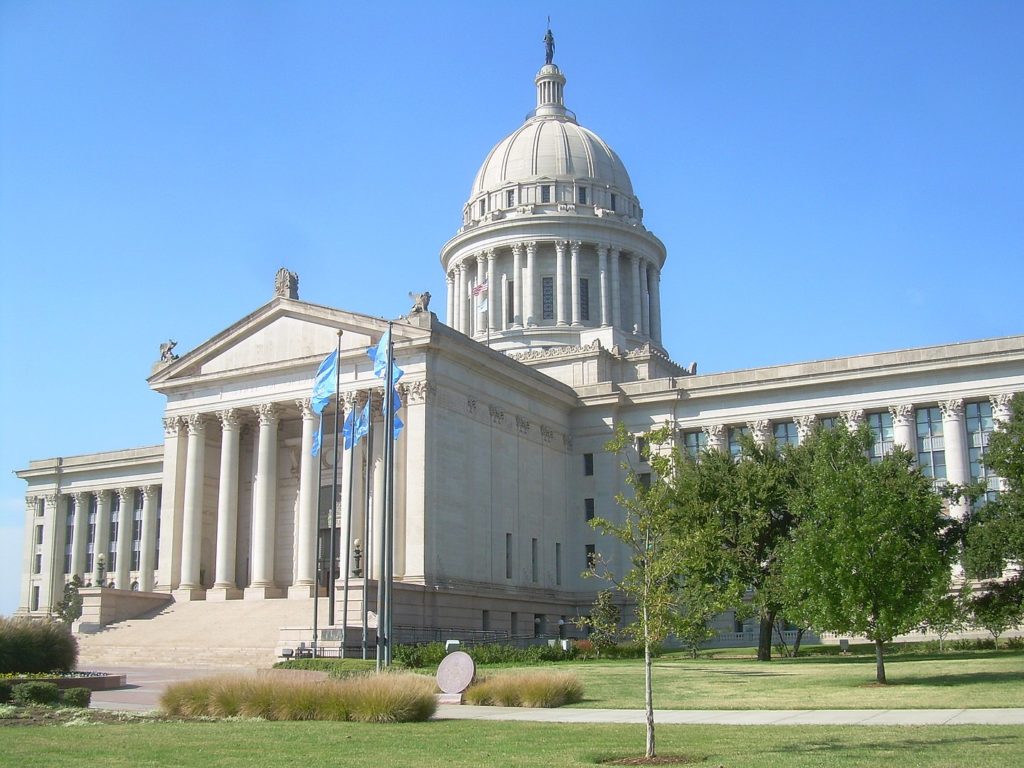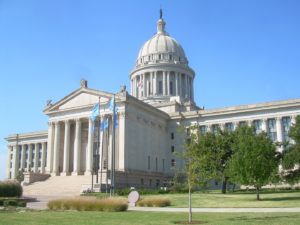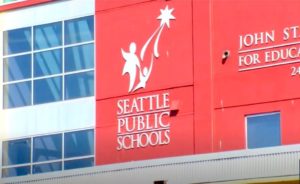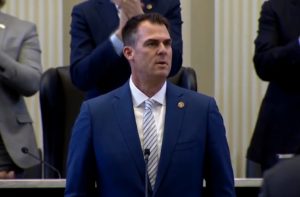Report questions accounting practices of Oklahoma State Department of Education
(The Center Square) – Oklahoma’s Legislative Office of Fiscal Transparency found $5.8 million of questionable expenditures coded as instruction during an audit of the school’s K-12 spending,…

(The Center Square) – Oklahoma’s Legislative Office of Fiscal Transparency found $5.8 million of questionable expenditures coded as instruction during an audit of the school’s K-12 spending, according to a report presented to lawmakers on Tuesday.
Schools code their expenditures in the Oklahoma Cost Accounting System, which is overseen by the Oklahoma State Department of Education. Any questionable spending must be flagged manually, according to the report.
“Additionally, while the OCAS Manual defines ‘instruction’ expenditures as, ‘activities dealing directly with the interaction between teachers and students,’ items such as laundry, plumbing services, and transportation insurance were coded under instruction,” the report said.
The report found the OSDE’s accounting “falls short of providing full transparency of public funds due to system limitations.”
In one instance, $257,000 in firearms and ammunition expenditures were improperly coded during the 2020-2021 academic year in other categories, including child nutrition program services, the report said. The code “could be a legitimate code for ROTC expenditures for instruction,” OSDE officials said in their response.
State education officials said they did not necessarily disagree with a recommendation to expand OCAS.
“However, state statute should outline how and to what extent this review is to be conducted, and resources should be provided to successfully execute this expanded responsibility,” OSDE officials said in their response.
Lawmakers also need more data to access how Oklahoma’s education spending impacts outcomes, LOFT officials said in the report.
“The investments made in Oklahoma’s K-12 schools over the past 20 years have not led to improved academic outcomes, based on key performance measures such as reading sufficiency rates and college readiness,” the report said. “After significant learning loss attributable to the Coronavirus disease (COVID-19) as previously reported by LOFT, the Legislature requires accessible and comprehensive data to target investments to help students’ academically recovery.”
The school funding formula is not meeting the needs of today’s students, the report said. It has been largely unchanged since 1981.
“For example, Oklahoma’s weight for bilingual students is below the national average and less than the state weight applied for gifted and talented students,” the report said. “Additionally, Oklahoma’s definition for this group of students is overly broad, encompassing students who are proficient in two languages instead of targeting students lacking English proficiency.”
The state is not giving schools with high poverty rates additional support as do the seven states around Oklahoma, LOFT officials said in the report.
The report also found that enrollment in Oklahoma’s public schools has not significantly increased, but the number of administrators grew by at least 8%. This has a direct impact on school spending, according to the report as administrators make 70% more on average than teachers, according to the report.
“LOFT finds if the growth of school administrative personnel had followed student enrollment growth between 2011 and 2021, approximately $26.4 million in salary and benefits from school administrative staff could have been available to hire the equivalent of 500 teachers,” the report said.



